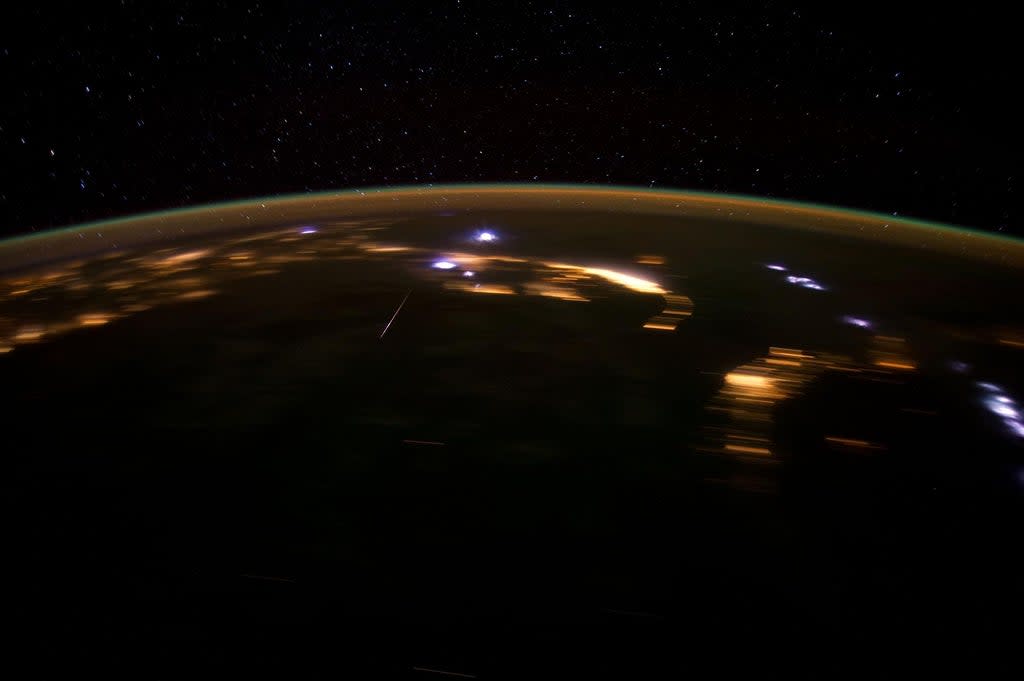Lyrid meteor shower: When and where you can see the spectacle

The annual Lyrid meteor shower is here and skywatchers can catch the shooting stars streaking across the night sky Wednesday night through Saturday 30 April, although the shower will peak Thursday night.
The Lyrids will appear to radiate from a point in the Northeastern sky near the constellation Lyra, but they can appear anywhere in the sky. The shooting stars and their trails can appear as frequently as 10 to 20 per hour at their peak, and the best time to view them will be between midnight and dawn.
However, the waxing gibbous Moon rising just before or after midnight at many latitudes may complicate viewing the Lyrids for some sky gazers.
The Lyrids are among the most ancient meteor showers, with human records of the shooting stars dating back 2,700 years. They are the result of Earth passing through the trail of dust left behind by Comet C/1861 G1 Thatcher, which was discovered back in 1861.
The Lyrid meteor shower occurs annually in mid-April, running from 14 April through 30 April in 202, with peak viewing on 21, 22, and 23 April.
While the Lyrids are best viewed from the northern hemisphere, those in the southern tropics will get their chance to catch some shooting stars during the 4-5 May peak of the eta Aquariids meteor shower.
The next meteor shower easily viewed from the Northern or Southern hemisphere will be the alpha Capricornids shower. Peaking on 30 and 31 July, this meteor shower produces few meteors but is known for producing bright fireballs when it does.

